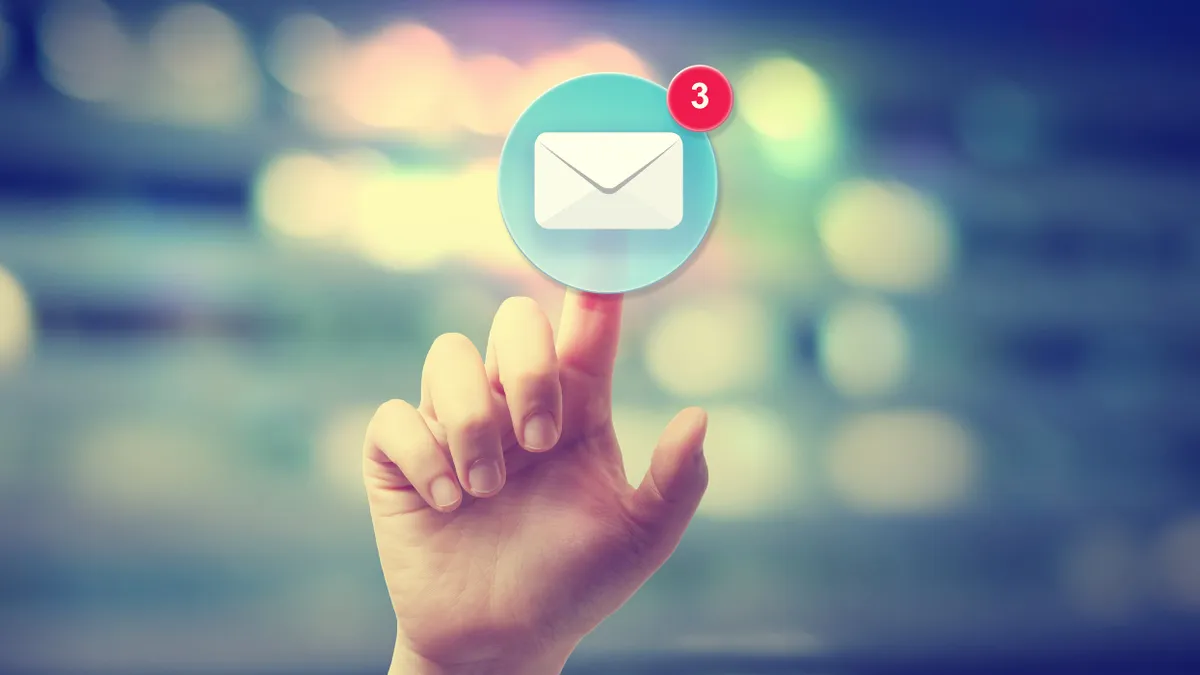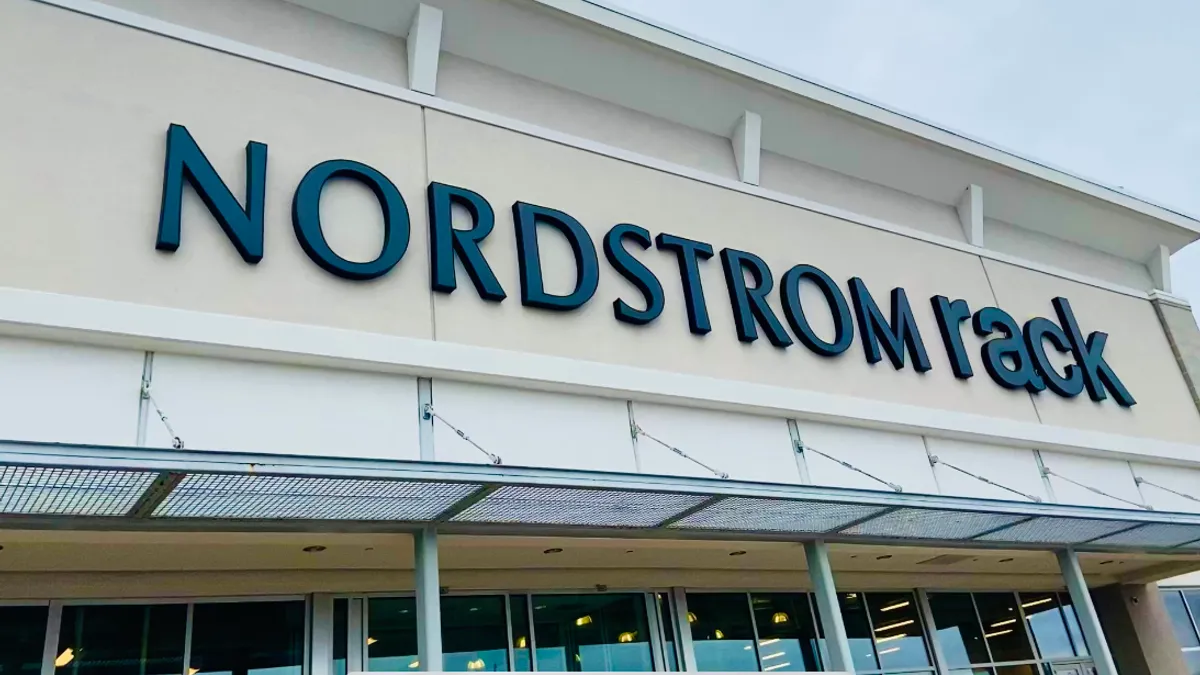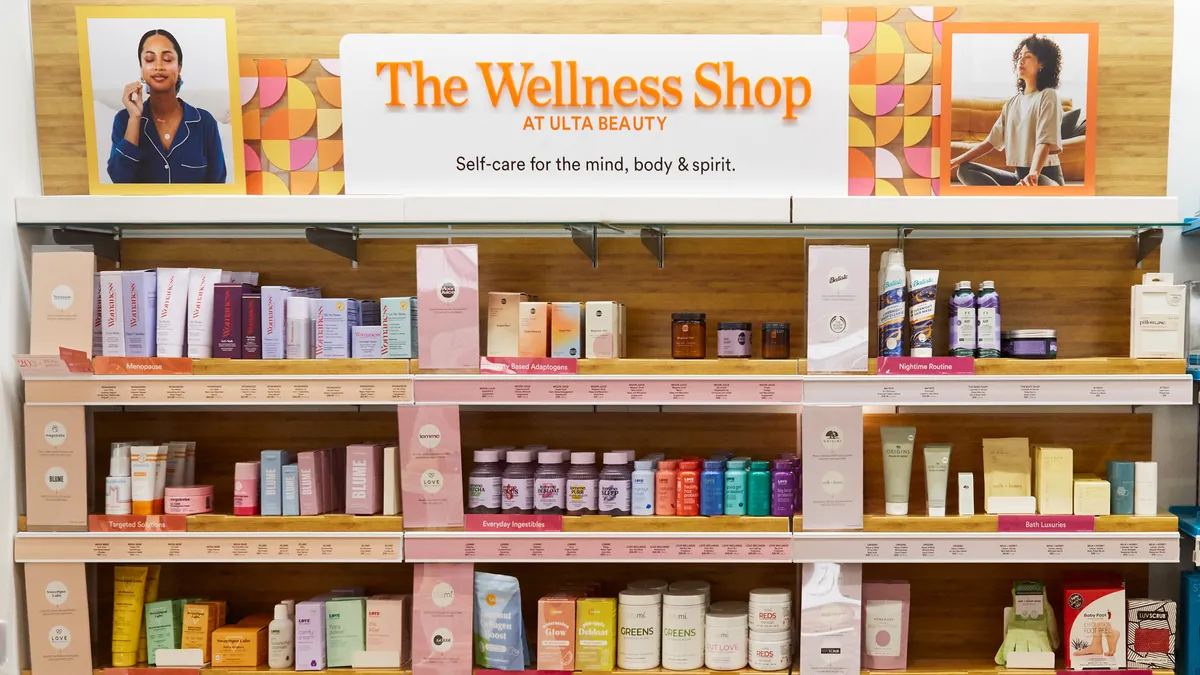Editor's note: The following is a guest post from Brian Solis, principal analyst and Futurist at Altimeter, the digital analyst group at Prophet.
Dear Brian,
We have curated a very special offering for you. Based on your preferences, previous purchases and your local weather forecast, we’ve prepared your offer in an optimized format for your consideration. Thank you for your business and we’re here for you any time.
- The best retail brand ever
When was the last time you received a marketing email like this from a retail brand?
Chances are … never. Yet, after years of talking about personalization, 1:1 and individual marketing and people to people engagement, retail marketers are still, well, talking about it. So why isn’t personalization more pervasive?
Even though customers are increasingly demanding more personalized engagement, retail brands are still struggling to gain a single view of the customer. Marketing itself is equally disconnected as multi-channel efforts, including email, web, mobile and direct mail lack integration, thereby signifying a lack of customer focus. According to a series of recent studies, only 14% of companies rank themselves as “strong” in achieving a single view of the customer, and less than 10% of top tier retail brands say they’re highly effective at personalization.
The results corroborate the ineffectiveness of today’s approach and spotlight the overwhelming need to make marketing personal:
- 91% of consumers unsubscribe from emails (Salesforce)
- 44% of direct mail is never opened (NewsCred)
- 60% of us opt out of mobile push notifications (Kahuna)
- Over $280 billion is abandoned in digital shopping carts, every year (Google)
Considering that martech is becoming more automated and capable every day, you could argue that personalization is more than doable today. Nonetheless, according to the same research, nearly one third of top tier retailers say they have limited to no capabilities to support personalization.
The challenges facing marketers on the road to personalization are also limited by the past. For example, 46% of companies say legacy technologies are major barriers to their personalization efforts. Additionally, 32% claim that lack of relevant technology is a major challenge. At the same time, marketers contend that their personalization efforts are also hindered by their incapacity to extract useful insights from their consumer data. Without extracting these useful insights, developing consumer segments and personalizing content for those segments becomes, well, impossible.
Personalization has been a buzzword for so long that we’re on the cusp of skipping it over in its entirety and moving straight to what’s next.
From personalization to extreme personalization
Did you know that the top 1% of your customers are worth 18 times more than the average customer, according to RJ Metrics? This incredible stat begs two questions for retail marketers to evolve into modern marketers: How can retail brands more effectively engage the top 1%? How can retail marketers better engage all customers to convert them into top customers?
Customers now expect more than personal engagement, they also demand engagement at the right time, on the right device, with the right message. They also expect a true, integrated cross-channel experience. This next-level form of engagement ushers in an era of what’s referred to as “extreme personalization." Extreme personalization (EP) requires engagement for context, content and behavioral data. Combined with the advancement of AI-powered marketing automation platforms, extreme personalization isn’t just possible, it’s now emerging as a competitive advantage for modern retail brands. Now, with AI, personalization is possible for both content and context.
There are immediate steps brands can take toward extreme personalization now. In a recent webinar co-hosted with Kahuna CEO (and longtime friend) Sameer Patel, we discussed the following three pillars for EP-powered modern marketing strategies:
- Move from segments to an audience of one. To engage an audience of one, modern marketers must rewire customer engagement from batch-and-blast messaging to mass audiences to understanding individual preferences. Modern brands are integrating AI-based real-time marketing capabilities into their existing marketing automation stacks.
- Unite disparate multi-channel efforts into focused cross-channel engagement. Driving for larger conversions through volume and bulk multi-channel messaging is the opposite of personalization. Today’s connected consumer is intentionally leaving behind cues for modern marketers to employ for the benefit of everyone. Now with AI-marketing automation, marketers can leave the sleuthing and sorting to the machines. These insights will lead to the development of more relevant, compelling, personalized content that can reach individuals at the right time, on the right device, with the right message and through an optimized path to conversion.
- Evolve from guesswork to scientific engagement: AI extends the capability of messaging beyond A/B testing. Intelligent automation eliminates assumption by allowing marketers to test multiple variants based on actual consumer insights. By letting machines instantly understand individual preferences, marketers are freed-up to focus on context and cross-channel experiences.
The case for extreme personalization
Ironically, “the machines” will help modern marketers personalize and humanize messaging and engagement to reach audiences of one more effectively. The good news is that retail marketers can immediately integrate machine learning and AI personalization solutions into their existing marketing automation stack, including leveraging their existing email service providers. Doing so delivers exponential accuracy and better results, which immediately impact their bottom lines. Imagine, using intelligent insights to better engage customers to deliver value that can make every consumer upwards of 18 times or more valuable.
But it’s not just about driving revenue. Modern brands do so by using new technology (and creativity) to better engage customers, improve satisfaction, earn loyalty and grow communities. Over time, machine learning and AI will help modern marketers mature to personalize offerings as customers shop, optimize their journeys and click paths, better predict what they want next, present more personalized recommendations to them, and drive innovation on all fronts. Imagine what such personalized emails would look like:
Dear Brian,
Thanks for your recent purchase of (item) from (our company). Knowing you like (item), we thought you'd be interested in browsing (complementary item), too. Since the forecast calls for rain in (your area) next week, it might come in handy. Just for you, we're offering a 10% discount AND free shipping to (your area), so make sure to jump on this offer and save (X # of dollars).
Now that’s what I’m talking about.



















